During one of the first sunny days after what seemed to be a decade of damp rainy winter nights on Coast Salish territories i was catching up with my friend and mentor Manuel Piña. Our conversation took many routes and eventually brought us to a discussion about caves.
“Do you think we will have to go back to the caves?” - asked Manuel with his eyes reflecting potentially inevitable futures.
On the way to this question our conversation passed ritual spaces, migrational and knowledge paths, colonial oppression, and more. Informed by the previous subjects my immediate response followed:
What i meant is that despite the change of place, the thinking and perhaps even the visual aspects of our shared reality would stay the same. Chatting in a designated sitting location, surrounded by evenly distributed cloned uniformly monotone green grass patches within an area designed for knowledge exchange built on top of unceeded Musqueam territories actively devoured and variously impacted by products of consumer culture, capitalist exploitation and governmental erasure, it is not hard for me to see humans turning a cave into an exact copy of the world we live in today.11
“It is easier to imagine the end of the world than the end of capitalism.” Mark Fisher used Zizek's words to build an image of
capitalist realism in his text of the same name.12 I read both Zizek's and Fisher's words as an attack on imagination rather than a bitter sharp razor truth about the state of the world; a desire to recognize capitalism in any instant of existence; a triumph of a totalitarian regime represented by surplus bricks of semiocapital - labeled as culture.13
I am caught up in this viscous belief system myself. I can narrate the presence of capitalism even within Stone Age communities - i can build an image of capitalist ideals ingrained into potential early barter and agriculture systems. Moreover, i immediately jump to a conclusion that moving humanity into the cave will create the same world i experience around myself today - the world of capitalism. I see it already happening when i read about Meta replicating real estate systems in VR and digital art actively tieing itself to crypto markets. What is a contemporary person sitting in a room with a VR helmet if not a cave person of the past sitting in the cave. It doesn't matter if a cave today has heating and electricity, the bottom line question stays the same - What is there to do in the cave? What is the limit of one's imagination?
Plato has described an allegory of a cave. A world where a group of people is trapped in a cave watching a theatre of shadows their whole life. Much has been said about the allegory of the cave in relation to will, power, control, originality, language, simulacrum, knowledge, happiness and so on. For Plato there is a separation between the inside of the cave and the outside of the cave. There is a possibility that one person would escape and see the world outside to bring some sort of revelatory knowledge back into the cave. Knowledge which will render cave existence as limiting and obsolete.16
I would like to introduce a different version of a cave.
Let's strip the word "cave" from any communally established meanings. Drop all the signifier-signified allegations. Cave is no longer a mere interior of a hollow space inside a rock structure. It is not a dark, cold, moist hole in the ground either. We can change the spelling to make it easier on the eyes as well - 'kave' - here you go.
The kave will be a metanarrative of this text. There are three constants within the kave you should be aware of before our journey:
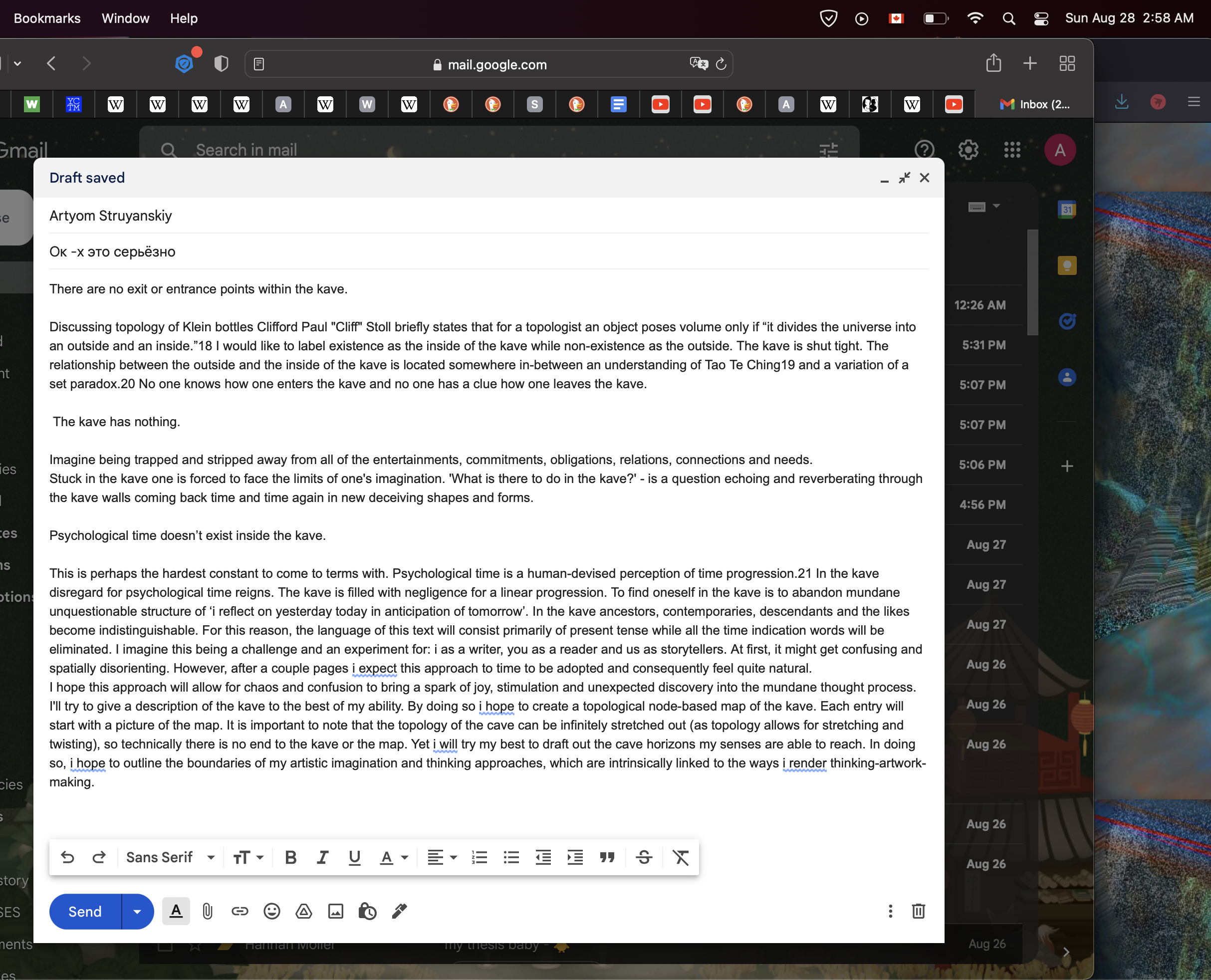
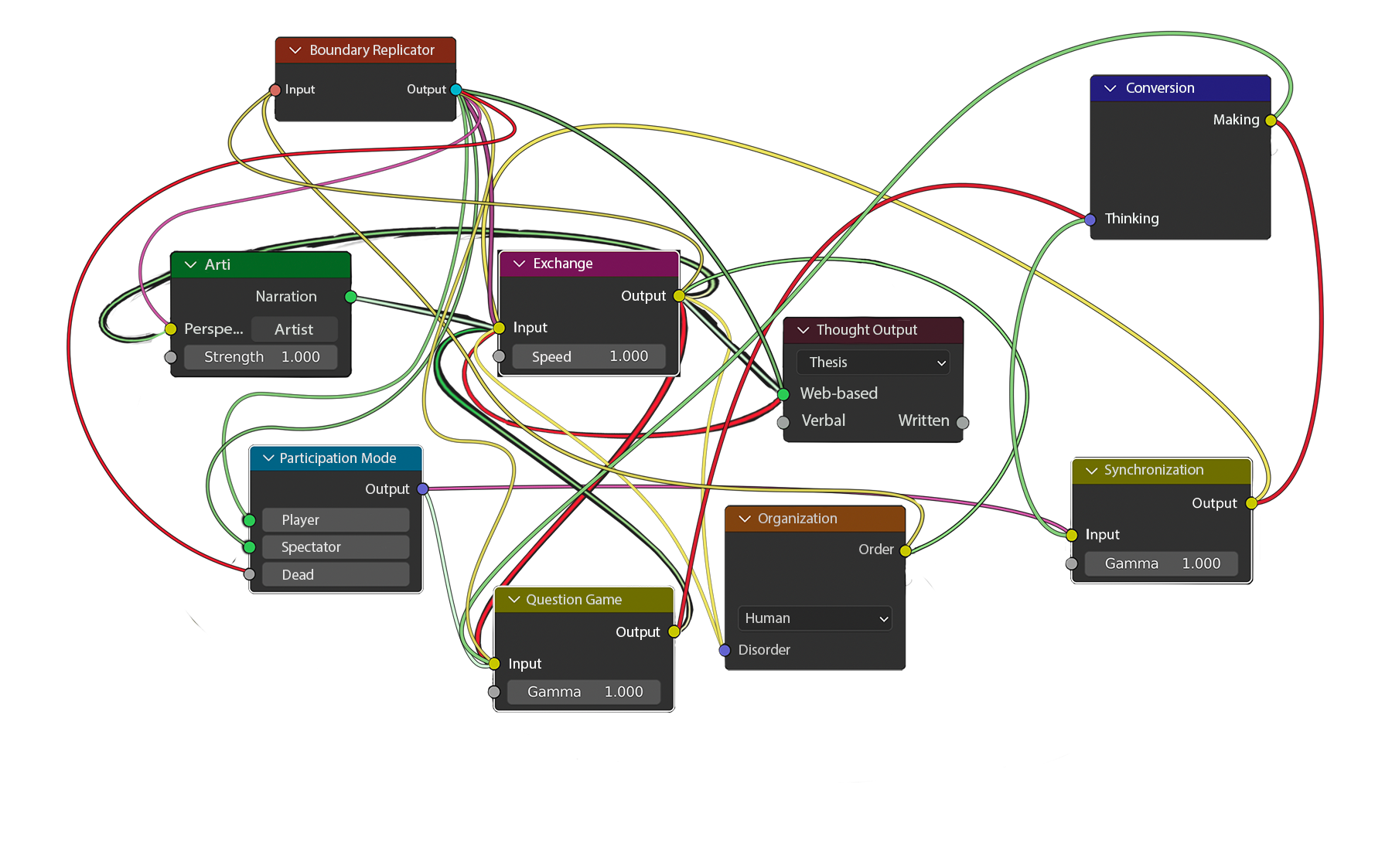
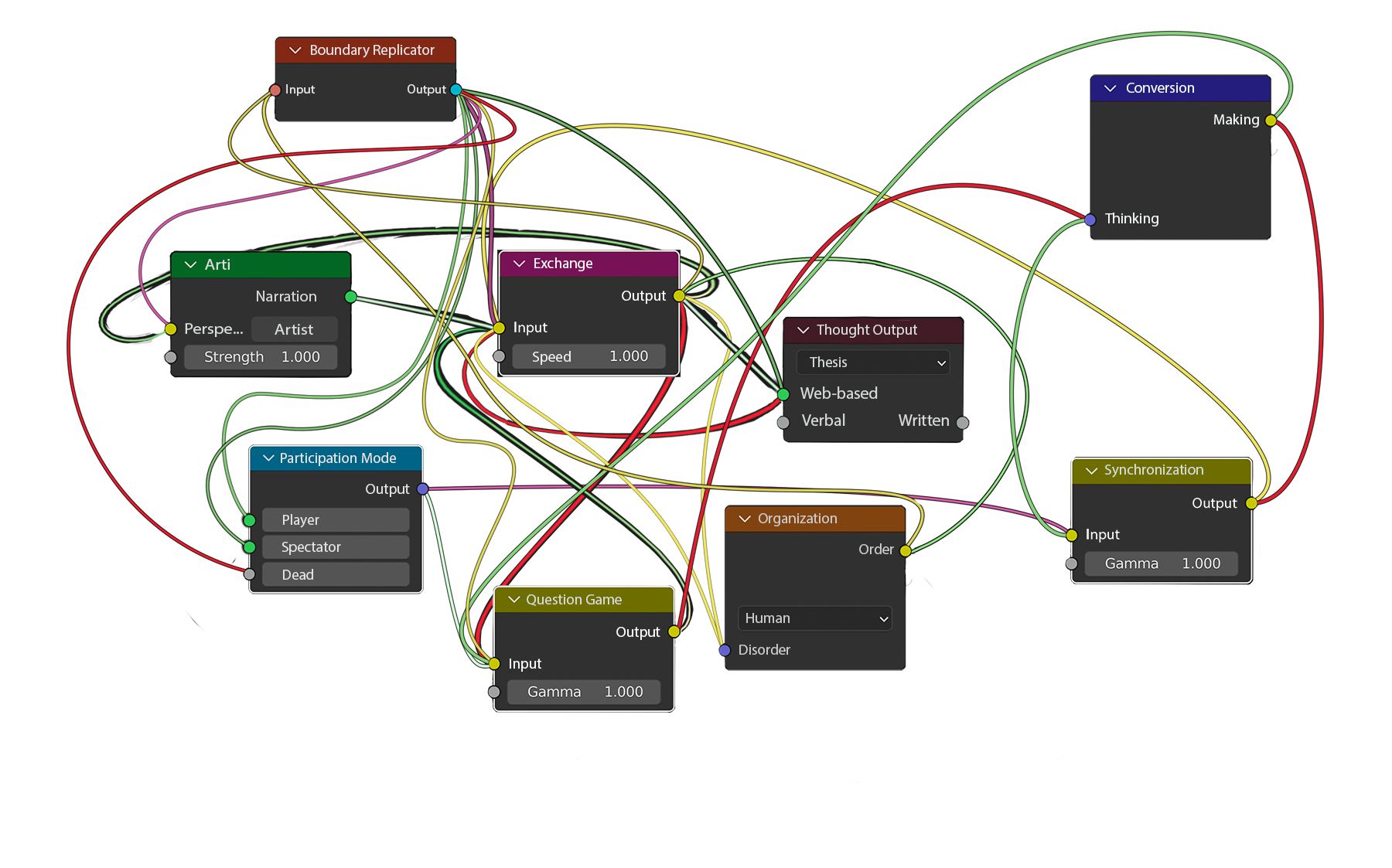

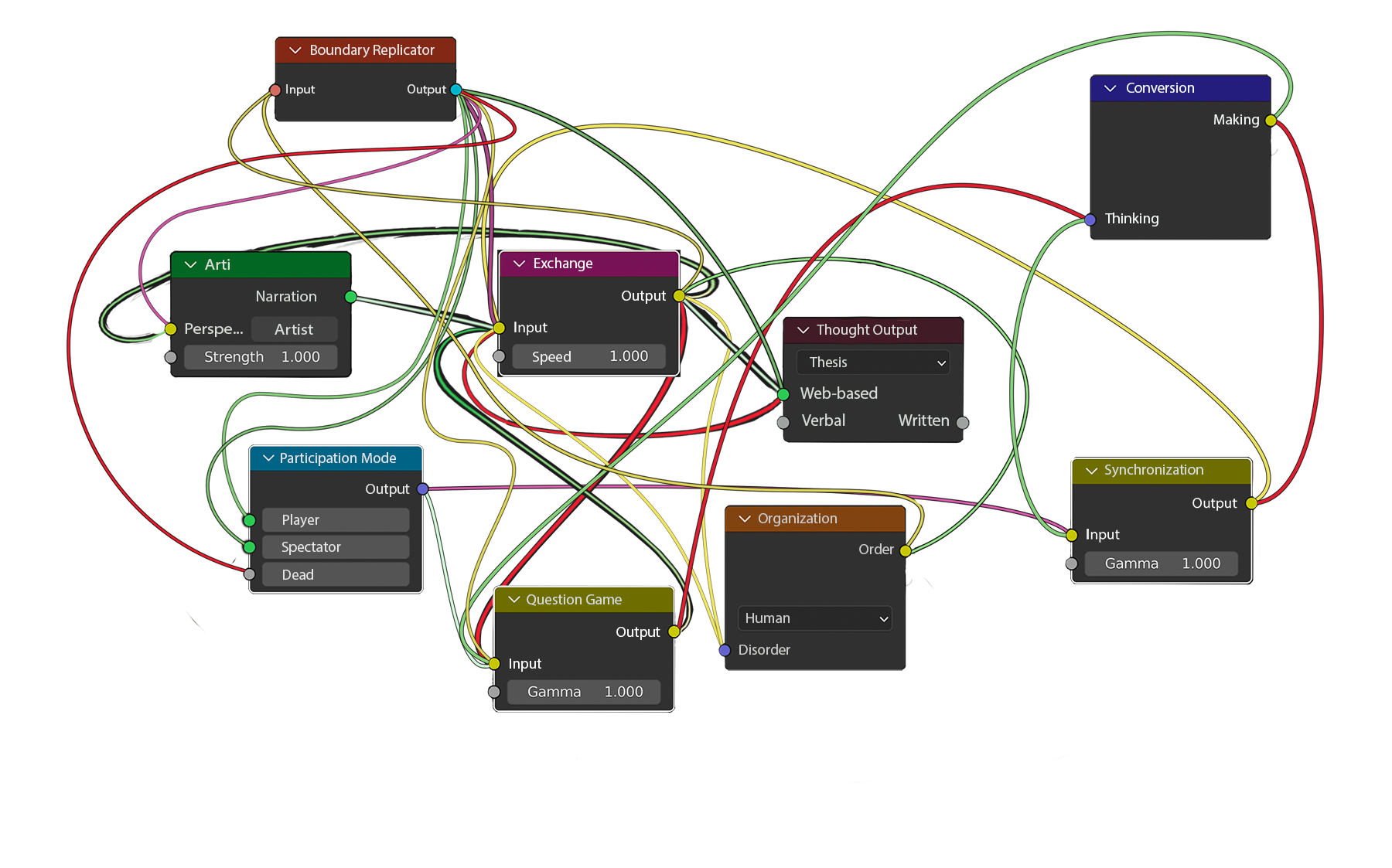
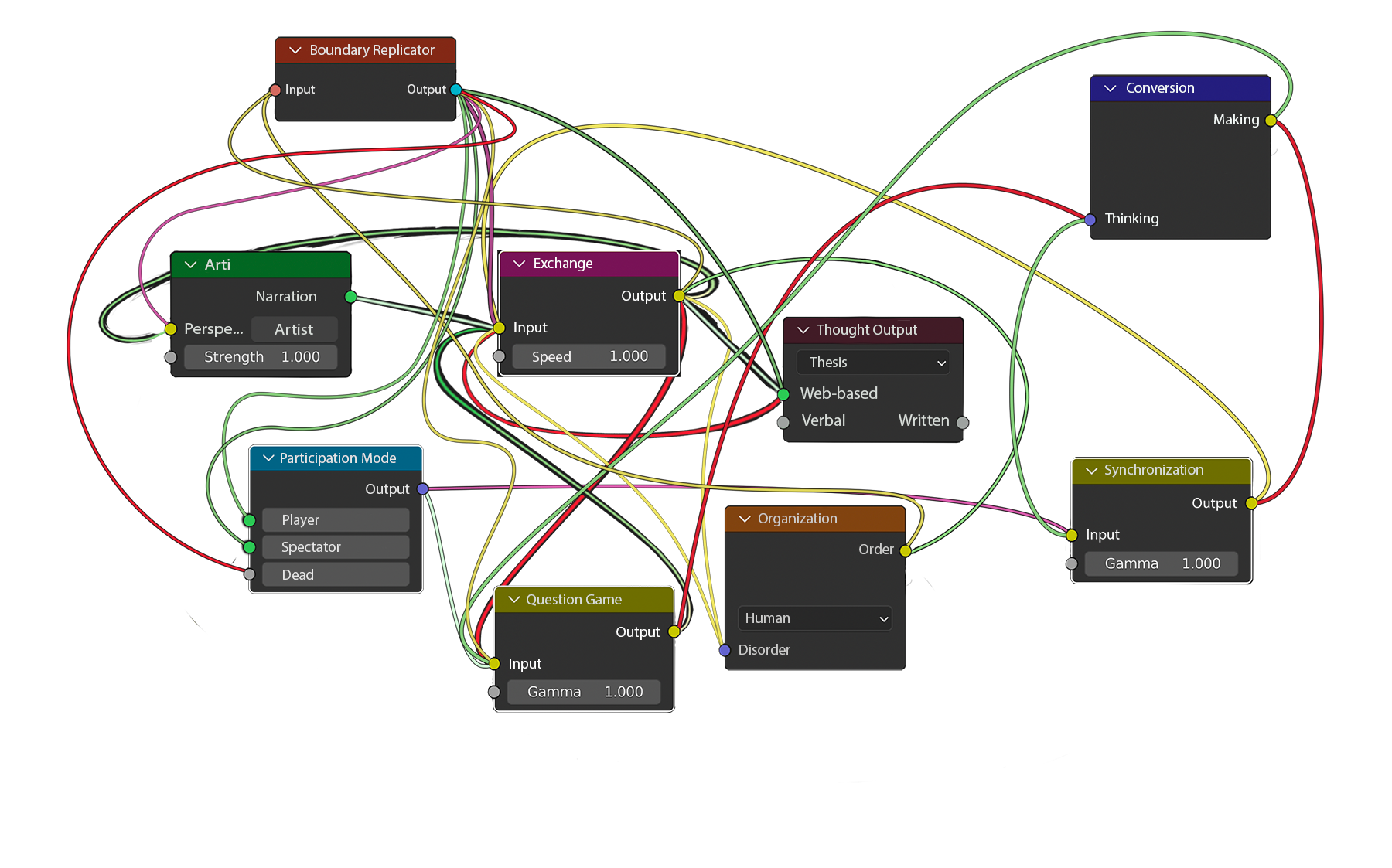

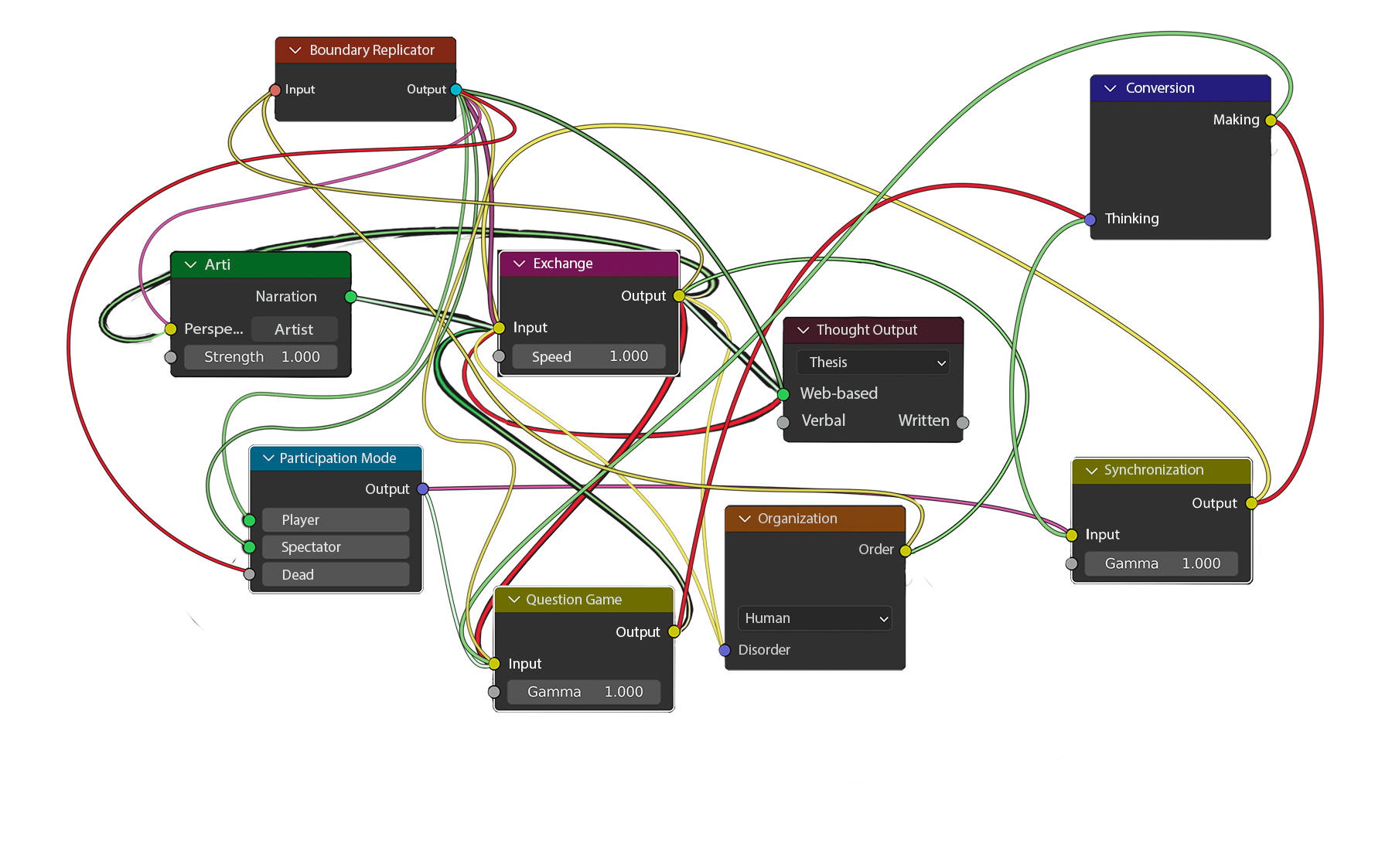

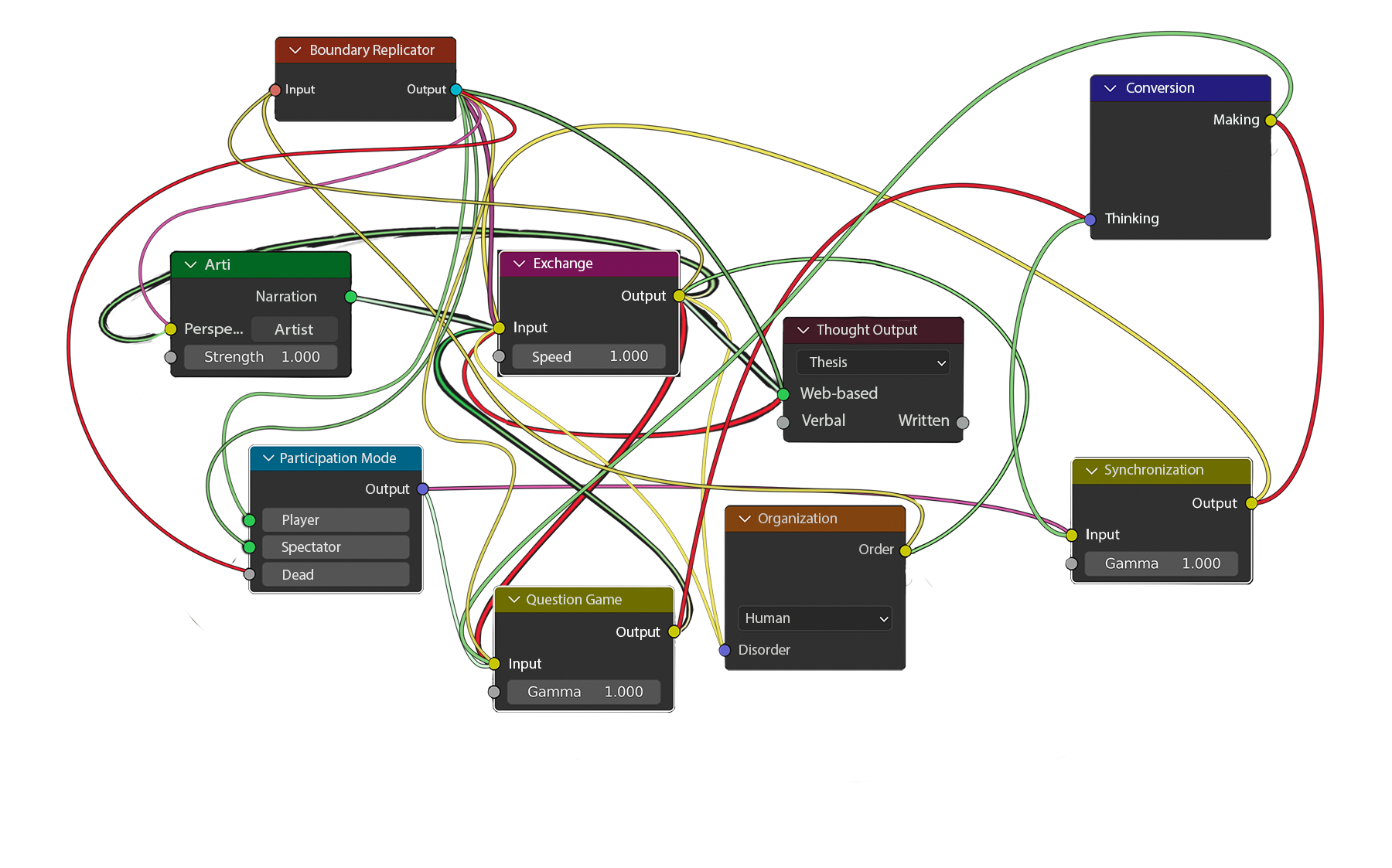

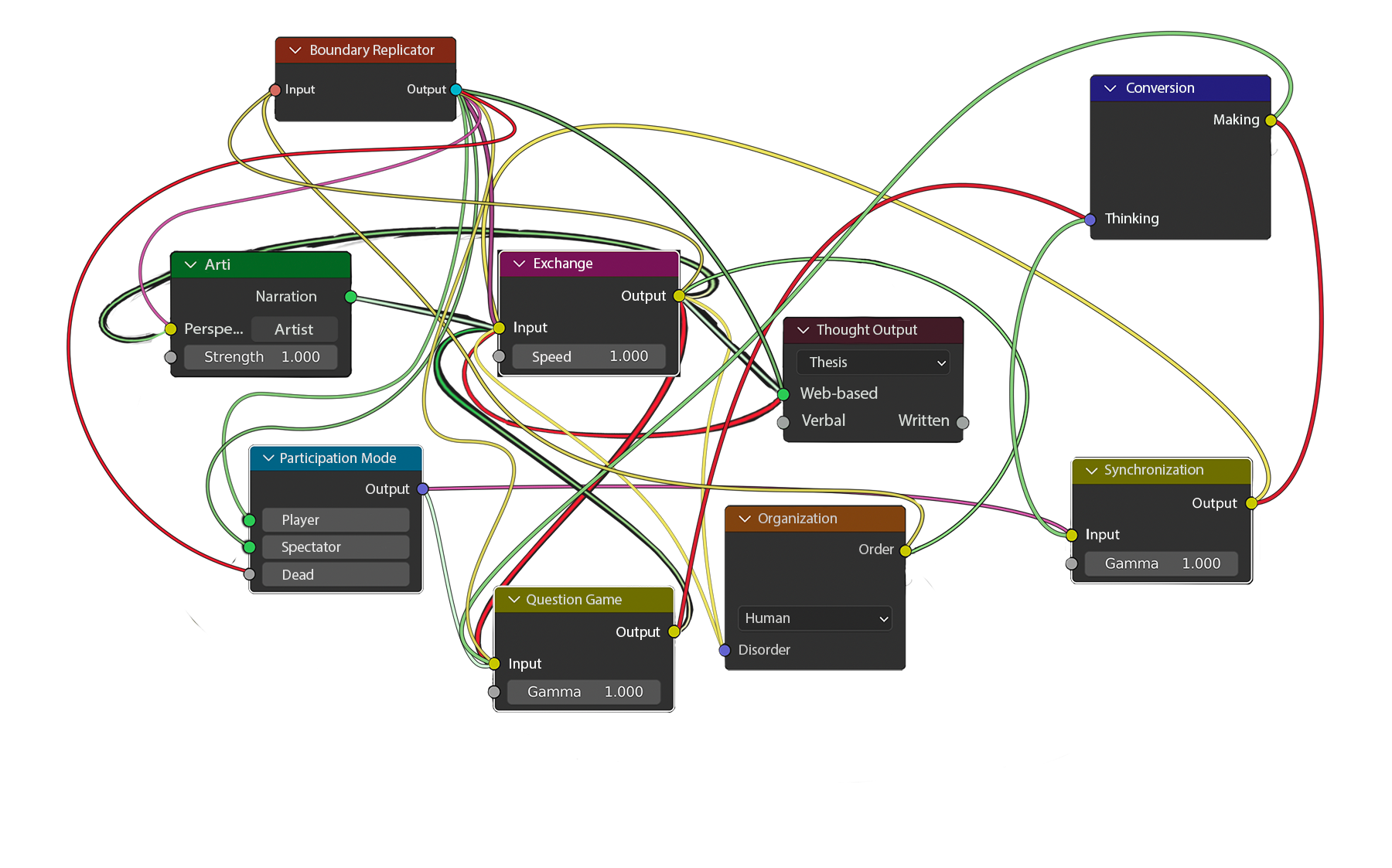
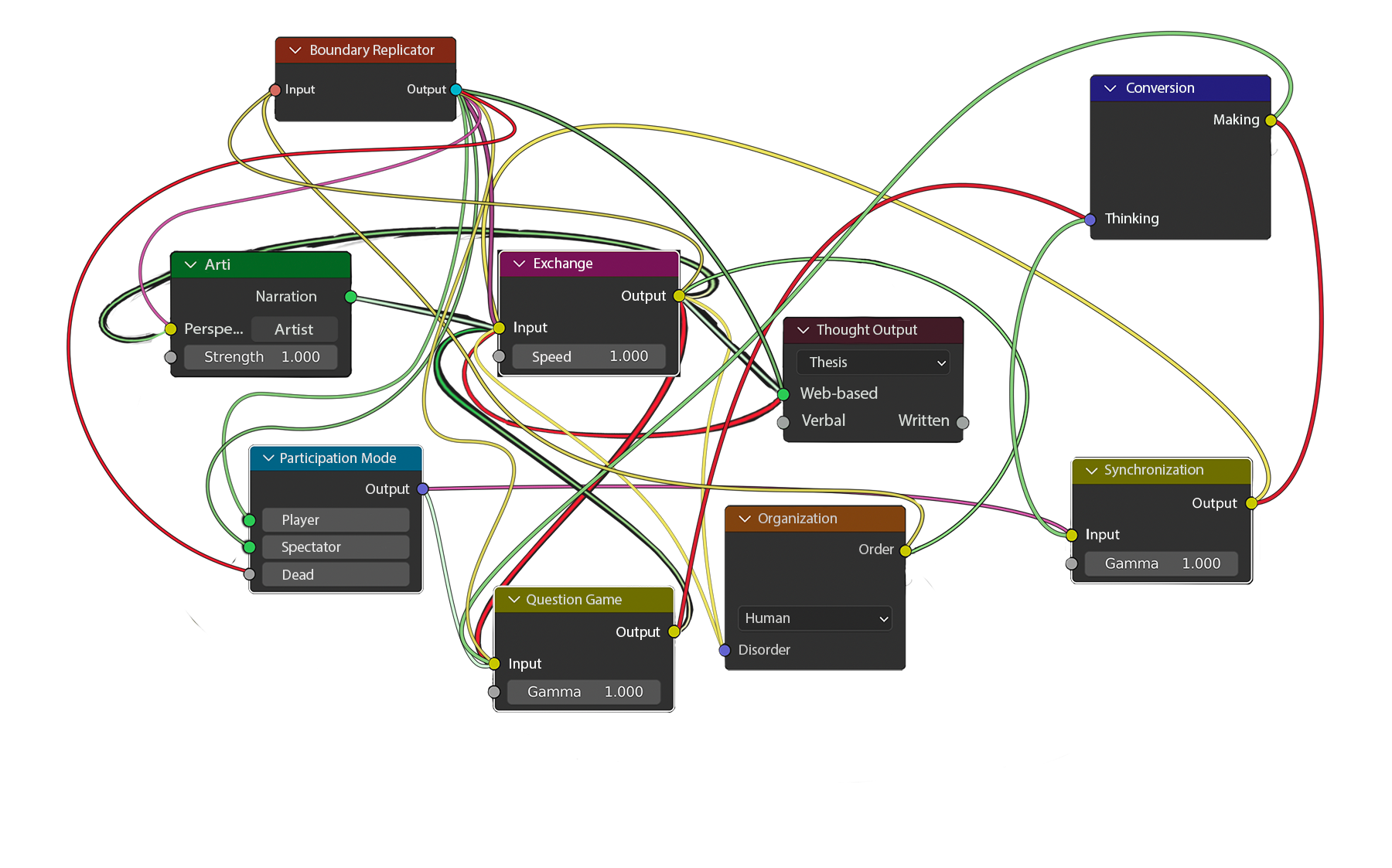
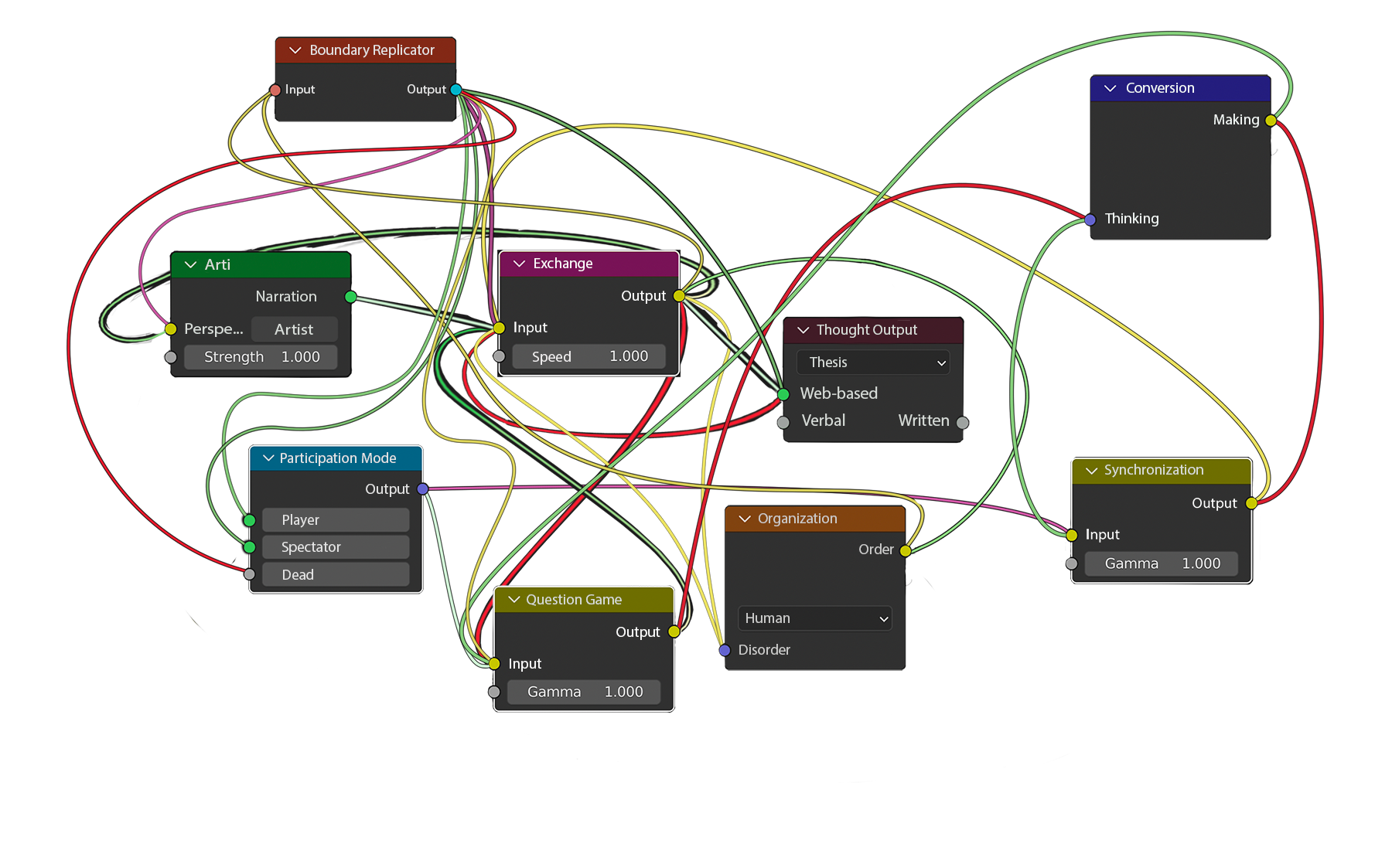
MAP
MAP
MAP
MAP
MAP
capitalist realism
“Semiocapital is centred on the creation and commodification of techno-linguistic devices that have by their very nature semiotic and deterritorialized character.” Bifo. And: Phenomenology of the End
Meta replicating real estate systems in VR
Meta replicating real estate systems in VR
“Semiocapital is centred on the creation and commodification of techno-linguistic devices that have by their very nature semiotic and deterritorialized character.” Bifo. And: Phenomenology of the End
digital art
actively tieing itself to crypto markets.
I’m not interested in metanarrative as a means of introducing an all-encapsulating theory - an approach previously criticized by Jean-François Lyotard and poststructuralism in general. Instead, i regard metanarrative in this text as a tool to stay grounded; a safety rope i can grab onto in moments of distress on a windy trail of thoughts and feelings; a checkpoint built to rejuvenate an exhausted traveler; a makeshift concept placed to kindle a fire of purpose.
Tao Te Ching
Tao Te Ching
Tao Te Ching
set paradox
MAP
IF LOST THERE IS ALWAYS A MAP
I DRAFTED THIS ONE FOR MY OWN SANITY
1. There are no exit or entrance points within the kave.
2. The kave has nothing.
3. Psychological time doesn't exist inside the kave.
capitalist realism
Semiocapital shifts the focus from the machinery fordist economy towards the post-fordist (alphabetist) digital labour.